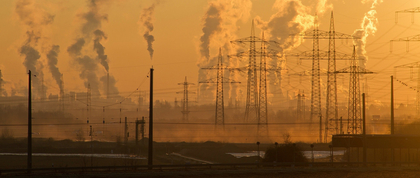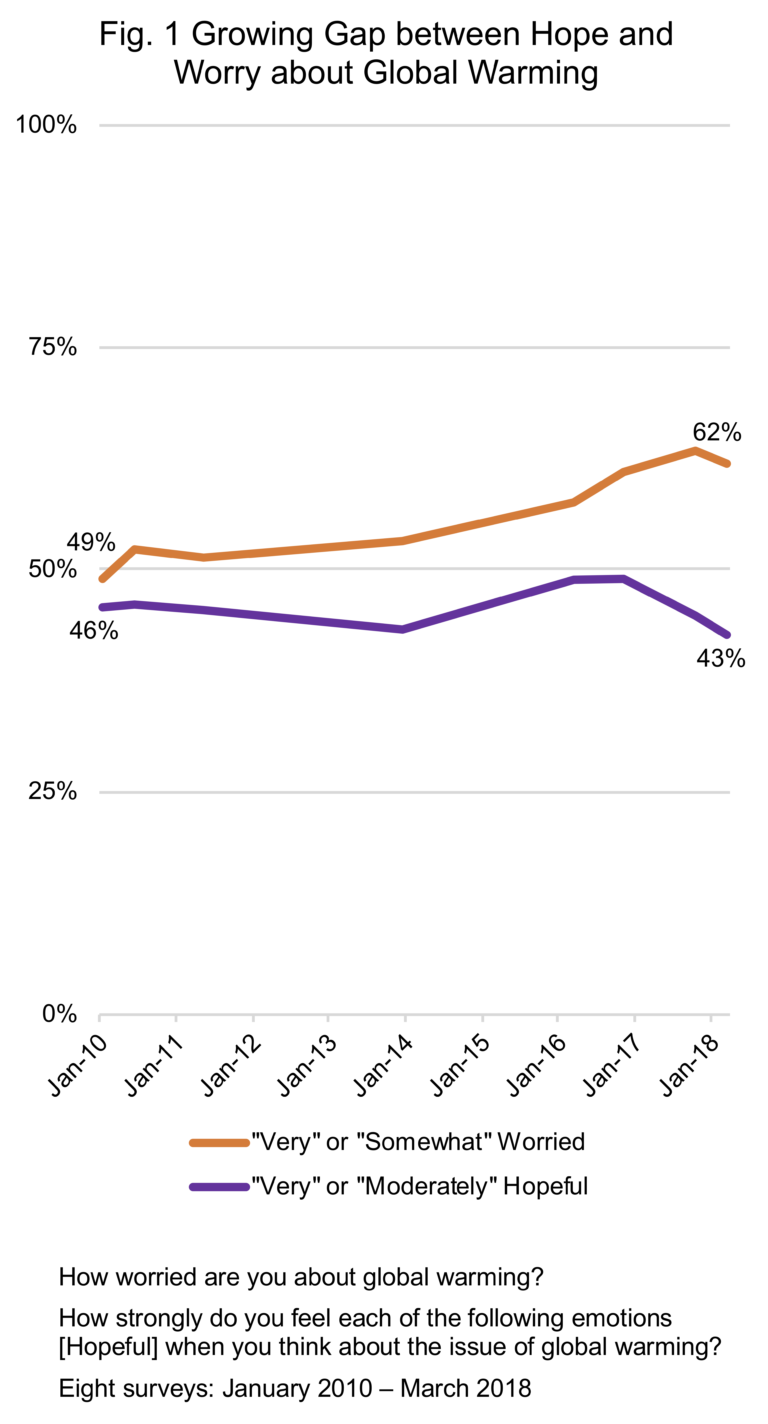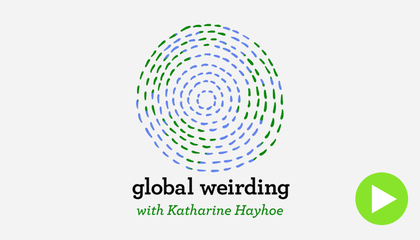
Dear Colleagues and Students:
Last week faculty member Dr. William Rom and I attended an annual event hosted by the League of Conservation Voters (LCV) where former New York City Mayor Michael Bloomberg and Governor Jay Inslee from the State of Washington were keynote speakers.
LCV is a national nonprofit that advocates for and supports leaders in clean energy, climate change, public health, public lands and wildlife conservation. Importantly, they are the largest funder in the environmental movement with $60 million committed to the Congressional and Governor's races for the November 6 vote.
After Mayor Bloomberg received the LCV Lifetime Achievement Award for his ongoing leadership and commitment to fighting the climate crisis, he noted that “The good news is: even without any help from Washington, we’re making real progress on climate change. Over the last ten years, thanks to bottom-up actions, the U.S. has cut carbon emissions more than any other large nation. We’re already halfway to the goal we set in the Paris Agreement, and there’s nothing Washington can do to stop us.”
We need more good news like this because it is increasingly in short supply. According to a new report issued on Tuesday by the Yale Program on Climate Change, “Americans are more worried about global warming and show signs of losing hope.” Last weekend, the Intergovernmental Panel on Climate Change (IPCC) issued a dire call to action: “We have just 12 years to make massive and unprecedented changes to global energy infrastructure to limit global warming to moderate levels, the United Nation’s climate science body said in a monumental new report released Sunday.” (VOX)

Those of us in public health are known for tackling what seem like insurmountable challenges and we aren’t afraid to roll up our sleeves, no matter how daunting the task. So in the 12 years we have left to avert catastrophic climate change, we call on you to do your part. Watch the short video below, "I’m Just One Person, What Can I Do?" and learn what you, your colleagues and families can do. Governor Inslee underscored one way they are tackling the challenge in Washington State: "Our single largest source of carbon emissions is our vehicles, so the more that we can electrify our cars, trucks, and buses the more we can reduce pollution and defeat climate change in our state."
So let’s buck the trends, embrace hope, and do all we can to save our planet. As they say, “There is no Planet B.”
![]()
Cheryl G. Healton, DrPH
Dean
Dr. William Rom
GPH Contributing Faculty
Sidebar: The major carbon polluters are the U.S., China, and India. Although
China leads now, approximately 25% of the carbon pollution over time
is from the U.S., making us the largest polluter by far.
Electric vehicles are worth mentioning since we have reached 3 million
globally in 2017. By 2040 Europe and China will reach 55% electric.
California will lead in the U.S., but we risk tremendous loss of sales,
workers, and technology by the backward-looking approach of the Trump
administration. There will 2 billion vehicles by 2045 and zero
emission vehicles will be the future as gas/diesel disappear like the
horse and buggy.
Video Above: "I'm Just One Person, What Can I Do?" by Global Weirding with Katharine Hayhoe. (PBS Digital Studios)
